By Gabrielle Moore, Editor-in-Chief
 (Left photo) Mikha Mitchell and her colleagues located on the southside of West 11st Street upon the Capitol lawn in Austin, Texas, Jan. 21. (Right photo) Mitchell and colleagues passing the Capitol on West 11st Street. Photos by Mikha Mitchell.
(Left photo) Mikha Mitchell and her colleagues located on the southside of West 11st Street upon the Capitol lawn in Austin, Texas, Jan. 21. (Right photo) Mitchell and colleagues passing the Capitol on West 11st Street. Photos by Mikha Mitchell.
Powerful. Peaceful. Organized. Respectful.These words have different definitions from one another and varying definitions within themselves. Yet, they all had one thing in common on January 21: they were experienced by several faculty members who were participants of the Women’s March on Washington (WMW).
Majority of those faculty members that were part of the WMW marched in the Sister March in Austin, Texas which had 40,000 to 50,000 demonstrators.
“The march was exceeded by expectations. It was powerful and overwhelming,” reference librarian Mikha Mitchell said. “There [was] an undertone of anger and frustration, but that whole march was about loving each other and respecting each other.”

Librarian Mikha Mitchell and colleagues made buttons along with signs courtesy of the Women’s March on Washington website for their participation in the Sister March in Austin, Texas on Jan. 21. Photo by Mikha Mitchell.
Furthermore, as education Professor Brenda Stubbs put it, the march “was a unifying opportunity” for millions of people across the United States and the world.
“Older women had signs that said such things as, ‘We have fought this fight before. We didn’t think we would have to fight this fight again,’” Stubbs said.
Even though this fight for and protection of women’s rights date all the way back to the late 1800s, the WMW organization arose the day after the Election Day of 2016 and became official on December 9, 2016. The organizers drew a lot of inspiration from the 1997 Million Women March–so much so, in fact, that the 2017 march was originally slated to share a name with its 1997 predecessor. They also drew much inspiration from the many trailblazers of the like of this organization, such as Elizabeth Cady Stanton, Ella Baker, Shirley Chisholm, Angela Davis, and Sylvia Rivera.

The official logo of the Women’s March on Washington. Courtesy photo by Women’s March on Washington.
History Professor Stephanie Kelly describes the organization’s general vision and principles as a “broad umbrella,” and it is because of that massive umbrella that this protest had been “the largest in the history of America.”
Furthermore, the WMW promotes and represents solidarity in all aspects of women’s rights and beyond, as well the acknowledgement of all voices. It is this belief and practice of inclusivity, listening to one another, and seeking to be properly heard that these faculty members also work to bring about in the classrooms.
Stubbs had told a student one time, “I’m not trying to change your value system, but we’re introducing you to things where you can see differently, because that’s important for them to know, especially as first-time college students.”
This concept of open-mindedness to hearing others’ voices in this country is a considerably large aspect of the WMW. The broadest message of the WMW is the inclusivity, solidarity, and peace among all peoples, cultures, communities, and voices that not only blanket this nation but appears in other countries, too. As one begins to narrow the scope of their overall message, the WMW also focuses on the rights and respect of all women, whether it be social, political, domestic and abroad. Additionally, they make sure to acknowledge and seek respect for the various subgroups that exist in today’s world.
“[‘My Body, My Choice’] was the predominant focus on that. [However], there were subtexts; there were different communities, too.” Mitchell said.
For example, Mitchell marched for the rights of women broadly, but she shared her voice in the rights of the LGTBQIA community as well. For Kelly, she marched because President Donald Trump’s administration had unveiled the dividedness and the sense of offense towards women’s and civil rights in America. What could put Kelly’s reason more in context is Division Coordinator of the Fire Science, Letters, Arts, and Kinesiology Department (FLAK), Mitzi Payne’s reason for marching: “I was marching to ensure I kept those rights. I don’t want to go back in time.”
“This protest was more than just about women,” Kelly said, even though the “organizers are putting the women’s issues front and centered.”
 The Paramount Theatre in Austin, Texas shows their support with a message on their marquee that said, “With Liberty and Justice for All.” Reference librarian Mikha Mitchell and education Professor Brenda Stubbs recall seeing men with supportive signs in balconies surrounding the theater, Jan. 21. Photo by Mikha Mitchell.
The Paramount Theatre in Austin, Texas shows their support with a message on their marquee that said, “With Liberty and Justice for All.” Reference librarian Mikha Mitchell and education Professor Brenda Stubbs recall seeing men with supportive signs in balconies surrounding the theater, Jan. 21. Photo by Mikha Mitchell.
And while there may have been many demonstrators who completely disagree with the Trump administration and that disagreement was part of the undertone of the march, the WMW is about “bringing together people…to affirm our shared humanity and pronounce our bold message of resistance and self-determination,” not necessarily to halt the Trump administration.
“I think [the Trump administration] is a huge piece of [the WMW]. I think it would be ignoring a lot if we didn’t acknowledge that,” Stubbs said. “He brought it forward. He’s bringing it forward, and the way in which he did, it’s attached to him, and there’s a price for that.”
That price, Stubbs is referring to, is the response of this peaceful protest nationally and internationally, and what is to follow.
While Mitchell understands that “as a group…[protests] are one way of making a physical [and visual] impact,” she also wanted to point to what people can do after the activism.
“You can call your representatives,…you can email them, talking to them in person might be useful, and letters, too,” Mitchell said.
Kelly also suggested a more practical action beyond the political and social demonstration and “do more than just marching in the streets.”
“What needs to happen now is there needs to be some kind of national [statement]. I don’t think it should be called anti-Trump, but it should be called something that captures a lot of issues,” Kelly said. “I would like see a national umbrella take this over.”
The WMW is in the midst of their newest campaign, “10 Actions for the First 100 Days.” The organization is currently in Action 2 for the first 10 days of February which calls for potential participatory neighborhoods, communities, even small groups, to come together “to define our next steps, and envision how to transform the energy we saw at Women’s Marches into local and national action.”
 Tables of packaged foods, such as bread and potatoes, being distributed at the Food Fair on Feb. 8 at Lone Star College- Kingwood. Photo by Abigail Morar.
Tables of packaged foods, such as bread and potatoes, being distributed at the Food Fair on Feb. 8 at Lone Star College- Kingwood. Photo by Abigail Morar. Cars line up Feb. 8 in the Lone Star College-Kingwood Parking Lot G for the Community Food Fair. Volunteers ask drivers questions of family status and income for Humble Area Assistance Ministry records. Photo by Abigail Morar.
Cars line up Feb. 8 in the Lone Star College-Kingwood Parking Lot G for the Community Food Fair. Volunteers ask drivers questions of family status and income for Humble Area Assistance Ministry records. Photo by Abigail Morar. Volunteers pose for a quick photo as the Community Food Fair comes to a close on Feb. 8. Nursing students, Humble Area Assistance Ministry volunteers, and other Lone Star College-Kingwood students volunteer at the Food Fair. Group photo by Abigail Morar.
Volunteers pose for a quick photo as the Community Food Fair comes to a close on Feb. 8. Nursing students, Humble Area Assistance Ministry volunteers, and other Lone Star College-Kingwood students volunteer at the Food Fair. Group photo by Abigail Morar.












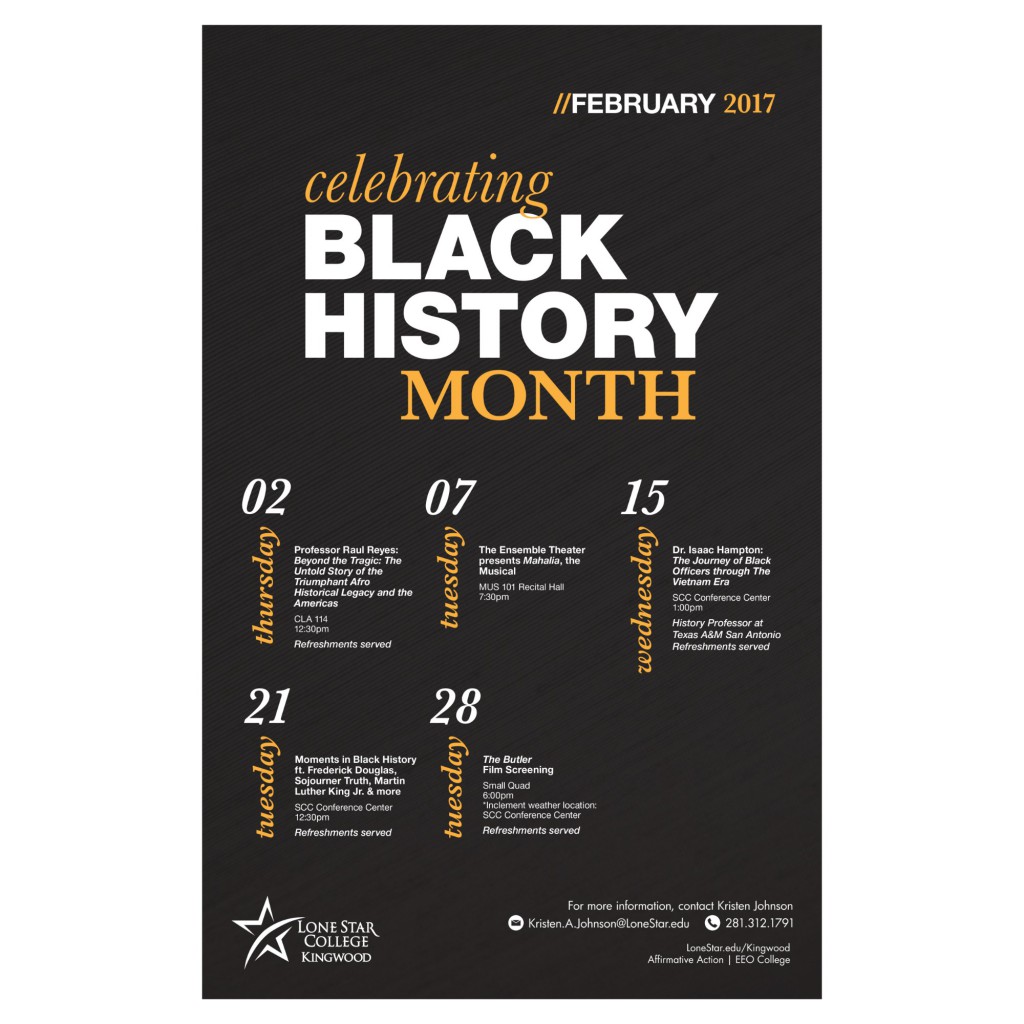
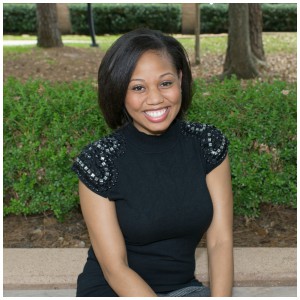
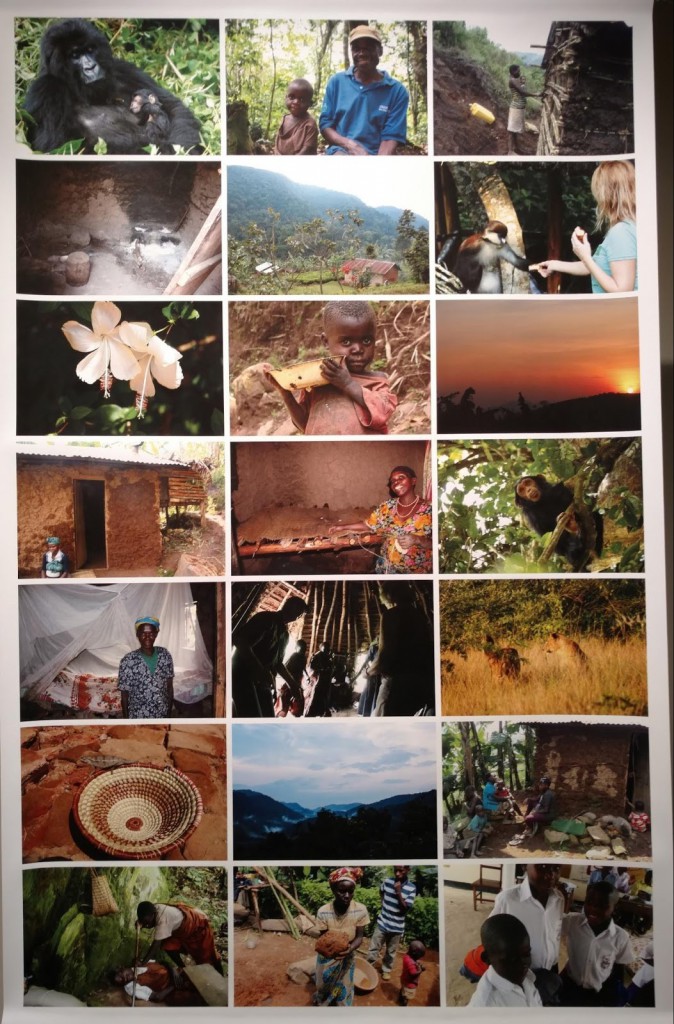
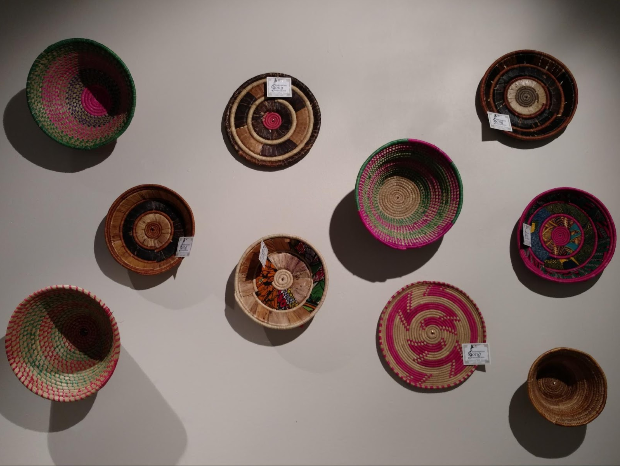
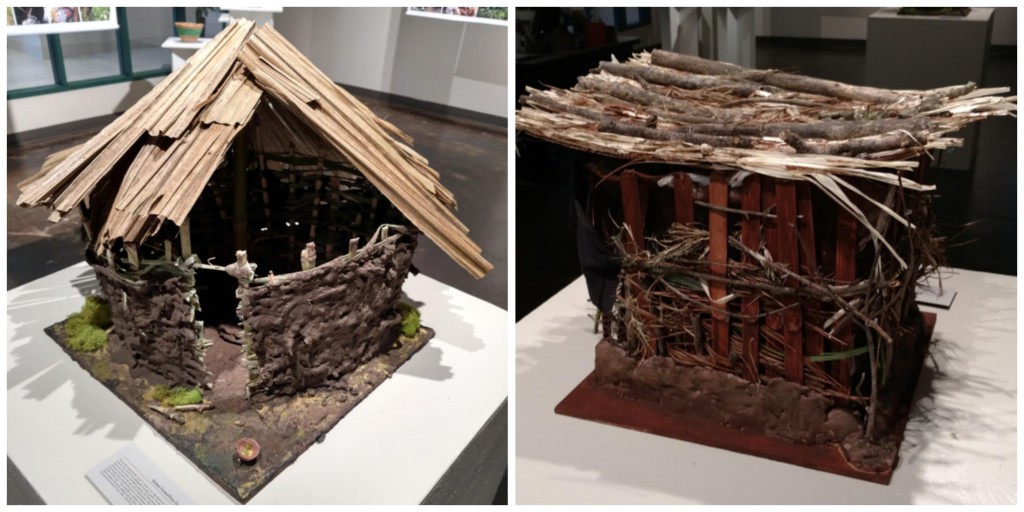
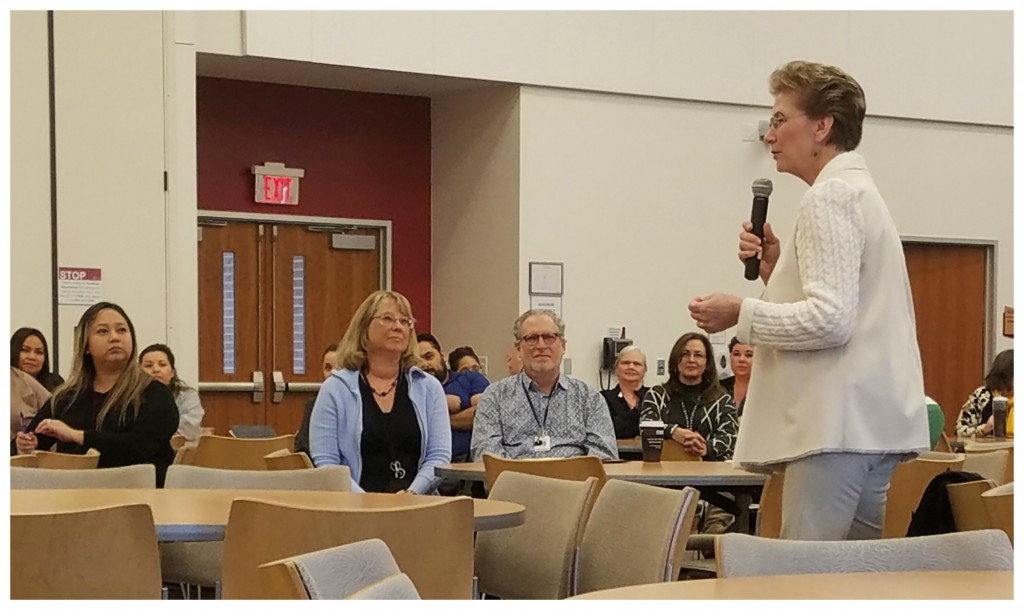
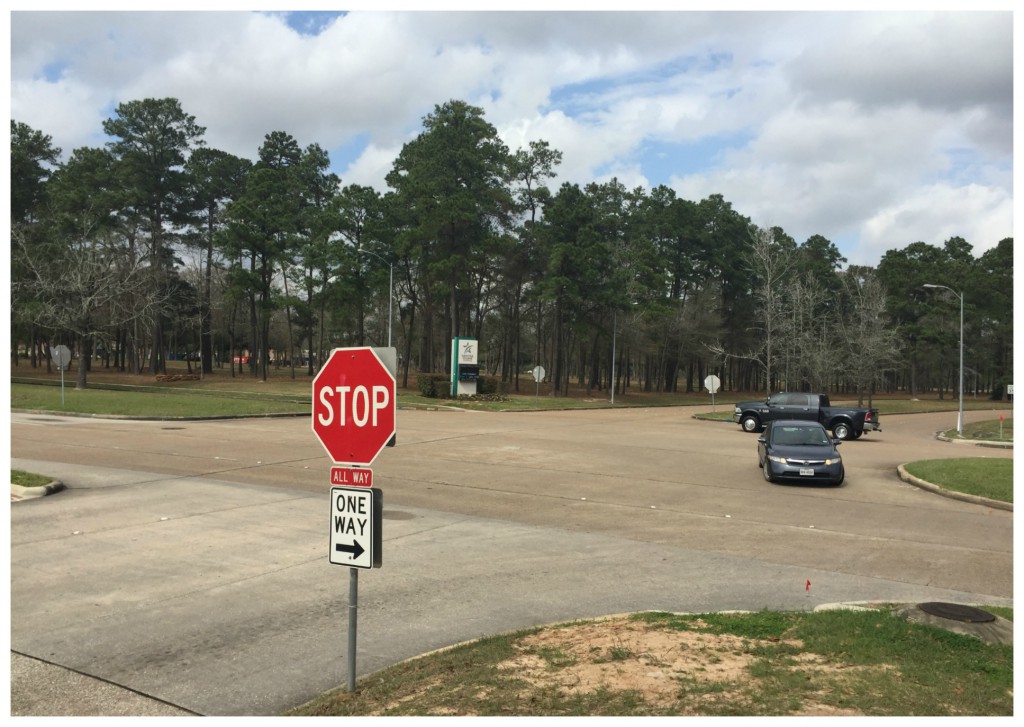 Intersection of Kingwood Place Drive and Kingwood Drive. During the What’s Up Doc? Informational meeting on Feb. 2, a faculty member gave President Katherine Persson the suggestion to put a stoplight in this intersection. Photo by Michelle Lecumberry.
Intersection of Kingwood Place Drive and Kingwood Drive. During the What’s Up Doc? Informational meeting on Feb. 2, a faculty member gave President Katherine Persson the suggestion to put a stoplight in this intersection. Photo by Michelle Lecumberry.


